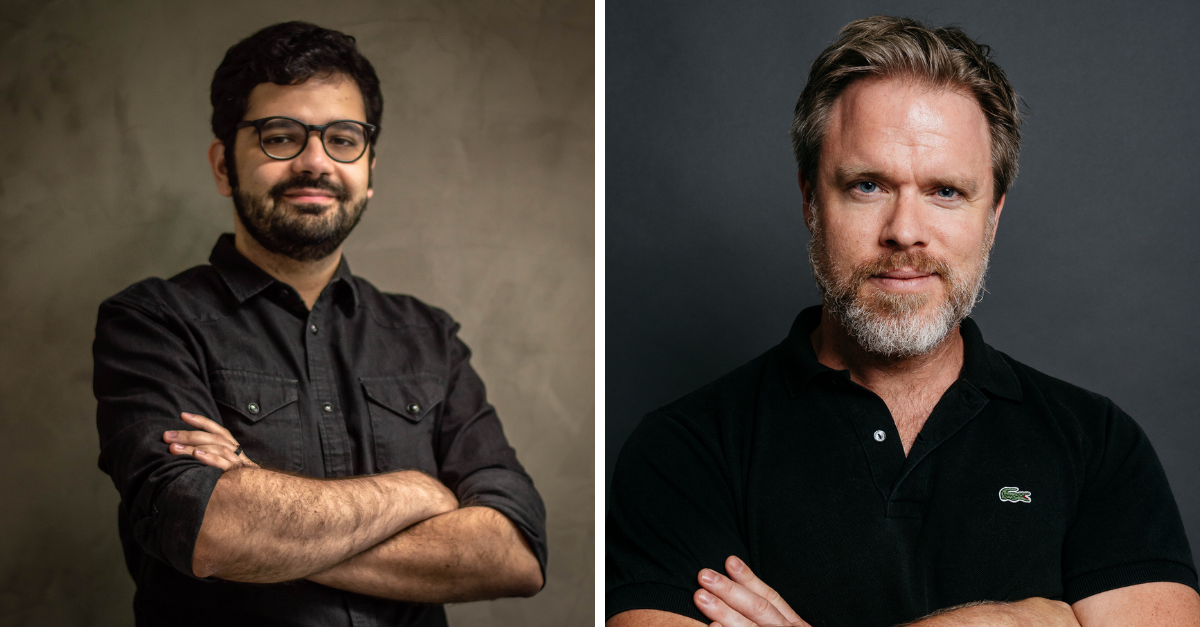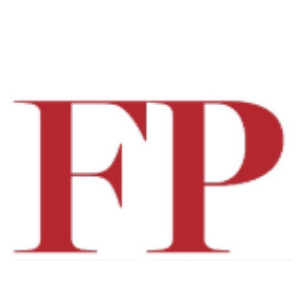Drug Cartels Are All Over Instagram, Facebook, and TikTok

Published in Foreign Policy
By Robert Muggah and Pedro Augusto P. Francisco
Late last year, Colombia’s federal police arrested Diego Optra, a crime boss who heads a ruthless gang called La Local in the port city of Buenaventura. In addition to overseeing drug trafficking and extortion rings, La Local was reportedly behind over 90 percent of the city’s homicides. Optra had successfully evaded the police for months, but he left digital breadcrumbs in the form of his meticulously curated Instagram profile. There, his many fans were regaled regularly with photos of Optra donning diamond-encrusted bracelets, designer clothes, and an arsenal of firearms. According to police officials, his lively social media profile was key to his arrest and conviction.
Optra is not the first crime boss to display his gangster lifestyle on Facebook, Twitter, YouTube, or Instagram. Nor is he the first to get caught after doing so. Drug traffickers and gangs are lively social media users across the Americas. Cartel bosses and their underlings use mainstream social media and popular messaging apps such as Telegram to shore up power and influence, threaten the competition, recruit new members, conduct sex trafficking, and sell drugs and contraband. Mexico used to be ground zero for this kind of activity, where researchers created a new discipline out of studying these narco posts. Now, gangs in Brazil, Colombia, El Salvador, and the United States are also involved.
Read more


